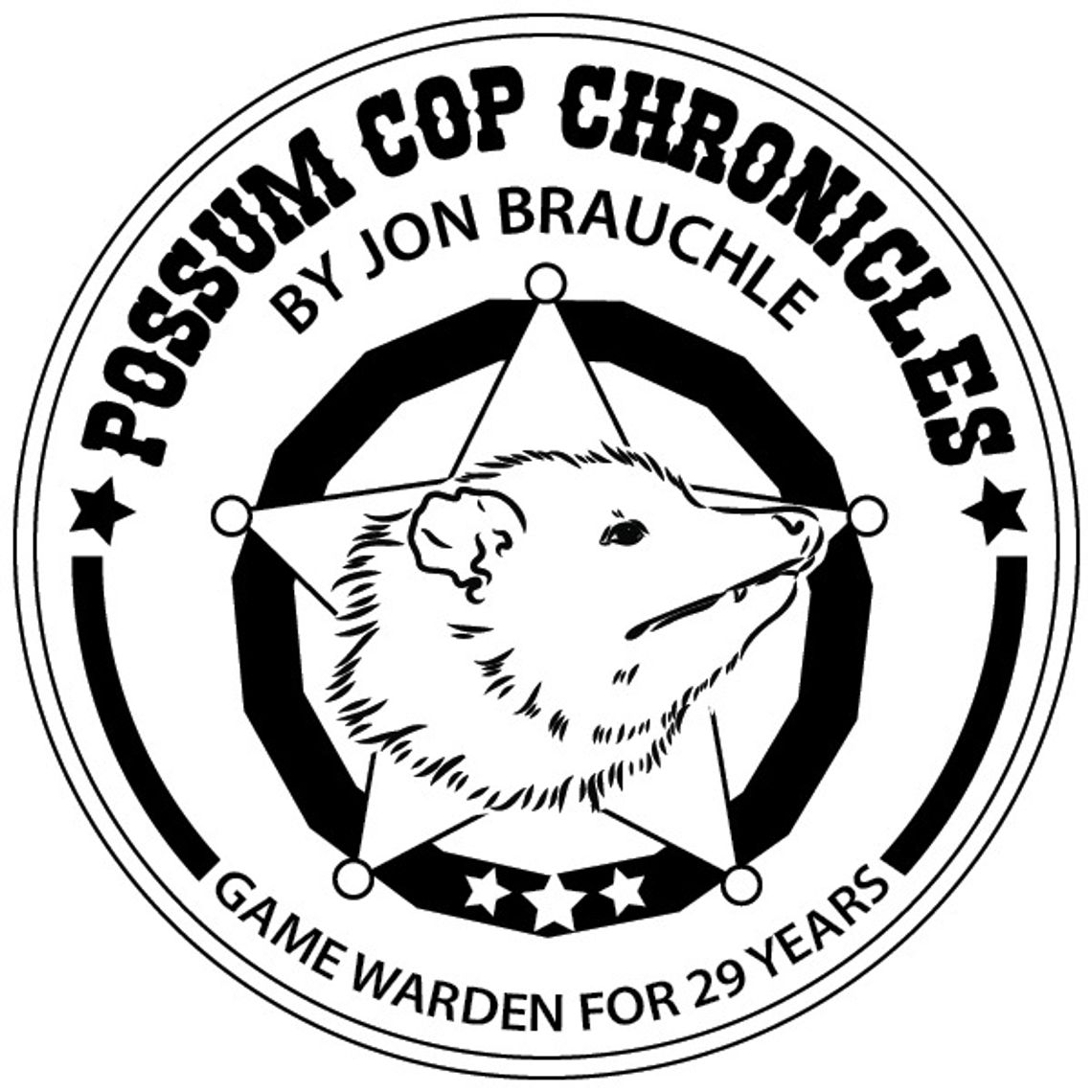Smart Phones, Deer Season and Things You Should Know
Smart phones have spoiled – some might say “ruined” – us. We can capture a moment anytime and anywhere. If you catch a nice fish, you take a picture. If you shoot a nice deer, you take a picture. There’s no dealing with film or waiting for pics to get developed; it’s instantaneous. If you don’t like the way it turns out, you take another one, right then and there.
But before you go out and catch that nice fish or shoot a nice deer, you need to get your ducks in a row. The 2024 regular deer season gets underway Saturday, November 2, and as with any hunting or fishing trip, the best advice I can give you is to be sure and know before you go.
And the best way to go about doing that is to pick up a 20242025 Texas Outdoor Annual, or better yet, download it to your smart phone for free on iOS or Android. The cool part about the download is that you don’t need an internet connection once the download is done, so you can check all the rules and regs no matter how far away you get away from civilization. It will also automatically update when next year rolls around. If that’s not for you, you can also access the Outdoor Annual directly at outdoorannual. com.
If you have any questions about the information included the Annual, contact a Texas Parks and Wildlife (TPW) office, or call the game warden in whatever county you are planning your activity. Nowadays, every game warden in the state is issued a smart phone, and every game warden in the state has the number to said smart phone available on the TPW website. Simply go to the TPW homepage, scroll down the “Game Warden” menu at the top and choose the “Game Warden Home” tab. Once you’re at the “Game Warden Home” page, you can pick any one of the 254 counties in the state under the “Find a Warden” section and get any field game warden’s phone number.
As always, there are a few changes in the laws this year. Lucky for you, you can see them all by clicking on the “Updates” tab on the app home page. I won’t go into detail on everything there because a lot of it depends on where you will be hunting or fishing. However, there is one new statewide requirement that you should be aware of regarding carcass disposal if you are hunting deer.
To fill you in on that, I’m going to quote directly from the TPW website: Proper disposal of carcass parts from white-tailed deer and mule deer is an important management action for reducing the risk of unintentional transmission of Chronic Wasting Disease (CWD) to suscepti- ble wildlife from CWD-positive areas to areas where the disease is not yet known to exist.
The preferred method is to leave unused carcass parts at the property of harvest, as this greatly reduces the chance of spreading CWD to other parts of the state. Hunters are allowed to debone a carcass at the property of harvest, provided that: · Meat is processed no further than whole muscles and may not be ground, chopped, or sliced. · Meat from multiple deer must remain in separate bags or containers while transported. · Proof of sex and tagging requirements remain with the meat until reaching a final destination. Carcass disposal requirements will apply if the carcass is transported away from the property of harvest and unused parts must be: 1. Disposed of in a commercial trash service, or 2. Returned to the property where the animal was harvested, or 3. Buried at least three feet below the ground and covered with at least three feet of earthen material.
Harvested deer or deer heads may be taken to a commercial processor or taxidermist and the processor or taxidermist must properly dispose of unused parts.
Enough of all that – it’s a lot to keep up with, I know. And you know what really sucks? For the law-abiding types who take the time to know before they go, it can be mighty frustrating to see others that don’t have respect for the law and go about things the wrong way. For those folks, TPW has something for you, for them: Operation Game Thief (OGT).
The OGT program allows anyone who sees, or knows about, a wildlife crime to receive a reward of up to $1000 for information leading to a conviction of a wildlife crime. According to the TPW website, over $195,000 in rewards have been doled out since the program’s inception in 1981.
How does it work? Well, TPW has a communications division in Austin that is manned 24/7. That’s right, anytime of the day or night, you can call 1-800-792GAME and report a violation. The information you provide will be relayed to a game warden in the area where the potential violation is, or has been, occurring. And the best part about it is that, if you’re calling to rat out your buddy because he is hunting deer at night on the Long White Line Lease, you can remain anonymous.
Here’s another tip: if you do get checked by a game warden in the field or on the lake, don’t panic and don’t lie. I’ve made the point before that game wardens often know the answer to whatever question they may ask before the person being asked has a chance to respond. It follows, that if you ever feel like you’re being watched when you’re out hunting or fishing, you probably are.
Lastly, game wardens like taking pictures, too. If we catch someone gillnetting, we take a picture. If we catch someone shooting a deer off the road, we take a picture. What’s the moral, or the point, here? Don’t do anything that puts a picture of YOUR nice fish or nice deer on a game warden’s phone. We call those pictures “evidence”, and that’s not how you want your outdoor outing to be remembered. Happy hunting -






.png)
